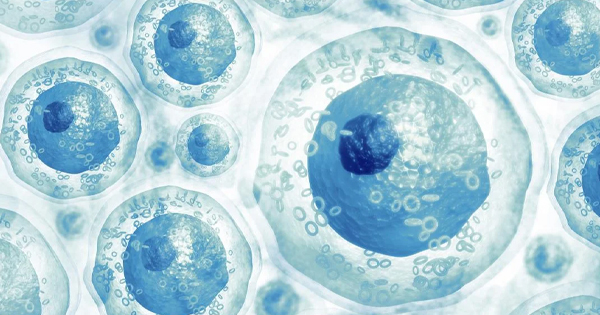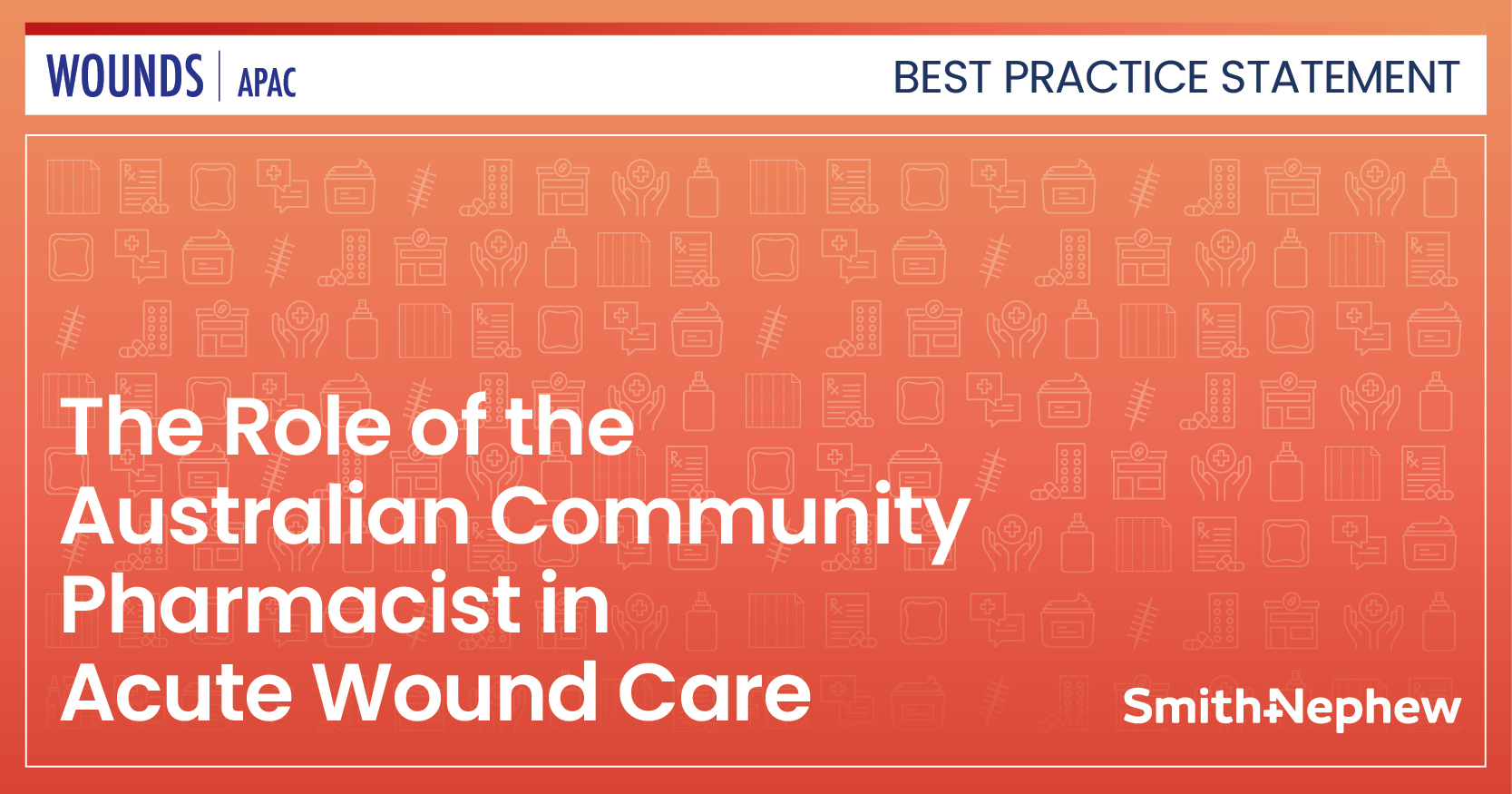The Harikrishna Periwound Skin Classification 2015 (HPSC) is a good clinical instrument for assessing the state of health of the wound bed and its periwound skin. On the HPSC scale of 0 to 5, Class 0 represents normal skin, Class 1 represents fibrous tissue or tissue otherwise at risk, Class 2 represents wounds with exudate and Classes 3 and 4 represent inflamed wounds without and with infection, respectively.
Class 2 exudative wounds are further subdivided into Class 2A, Class 2B and Class 2C, based on the primary cause of the wounds: desiccation, maceration and allergies. Wounds having abnormal cells, such as precancerous wounds, active carcinomas or subcutaneous emphysema, fall under a different category called Class 5 (Nair et al, 2020).
This case series centres around the use of the gel product, Sollagen™, from the diabetic periwound skin care range, which employs a unique cellular technology platform derived from red deer-derived mesenchymal stem cells, primarily aimed at human mesenchymal stem cell exosomes and will promote wound healing. Extracellular vesicles (EVs) released by cells have been discovered as important participants in intercellular processes of communication (Théry et al, 2002). Given their action in a variety of disease categories, including immune-related illnesses and tissue regeneration, exosomes are an EV subgroup that is therapeutically important (Bjørge, 2018). There have been limited observations that exosomes produced from human mesenchymal stem cells (hMSC) can enhance healing of cutaneous wounds by regulating inflammation, proliferation and/or matrix remodelling (Bjørge et al, 2018).
Methodology
Patients were selected via convenient sampling that fulfilled the criteria for the suggested protocol for the usage of the product, from patients that attended as outpatients at the Hospital Kuala Lumpur Wound Clinic from August 2023 to January 2024, including five patients who had underlying diabetes with chronic wounds.
At the time of recruitment, every wound was evaluated using both the HPSC technique to categorise the periwound skin and the TIMES framework (Tissue, Infection or Inflammation, Moisture balance and Edges of the wound or Epithelial advancement; Nair, 2017).
Each wound was washed with distilled water and debrided if necessary. In accordance with the wound evaluation, an advanced dressing was utilised. Subsequently, the periwound area was protected with a generous amount of gel during each visit to the wound clinic. All patients with plantar wounds were also treated with offloading shoes.
Conclusion
According to this study, using Sollagen Diabetic periwound skin care enhances wound healing along with periwound hydration. Expanded recruitment of patients and a broader spectrum of wounds, such as pressure injuries, surgical wounds and vasculopathic ulcers, are areas that require further studies. So far, it has shown to be a beneficial and safe addition to standard wound care therapies for our diabetic foot patients






